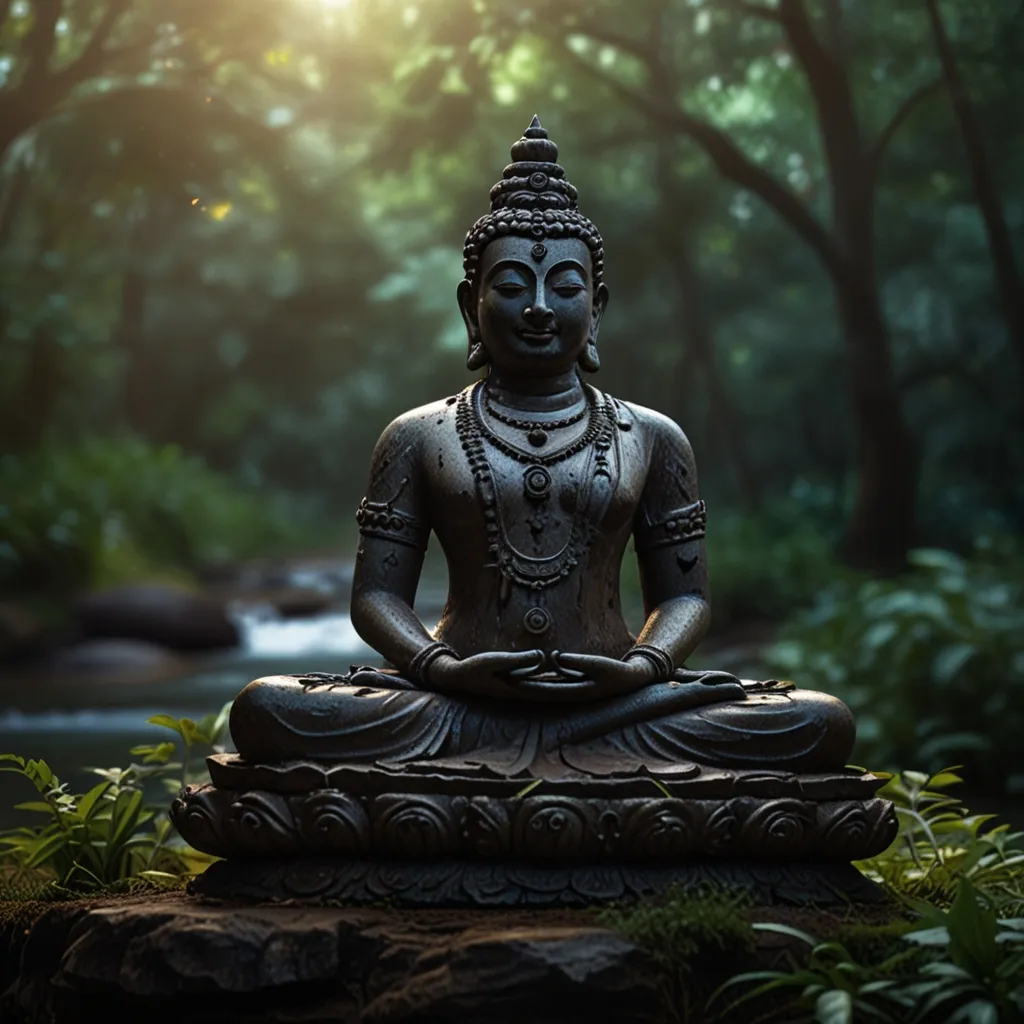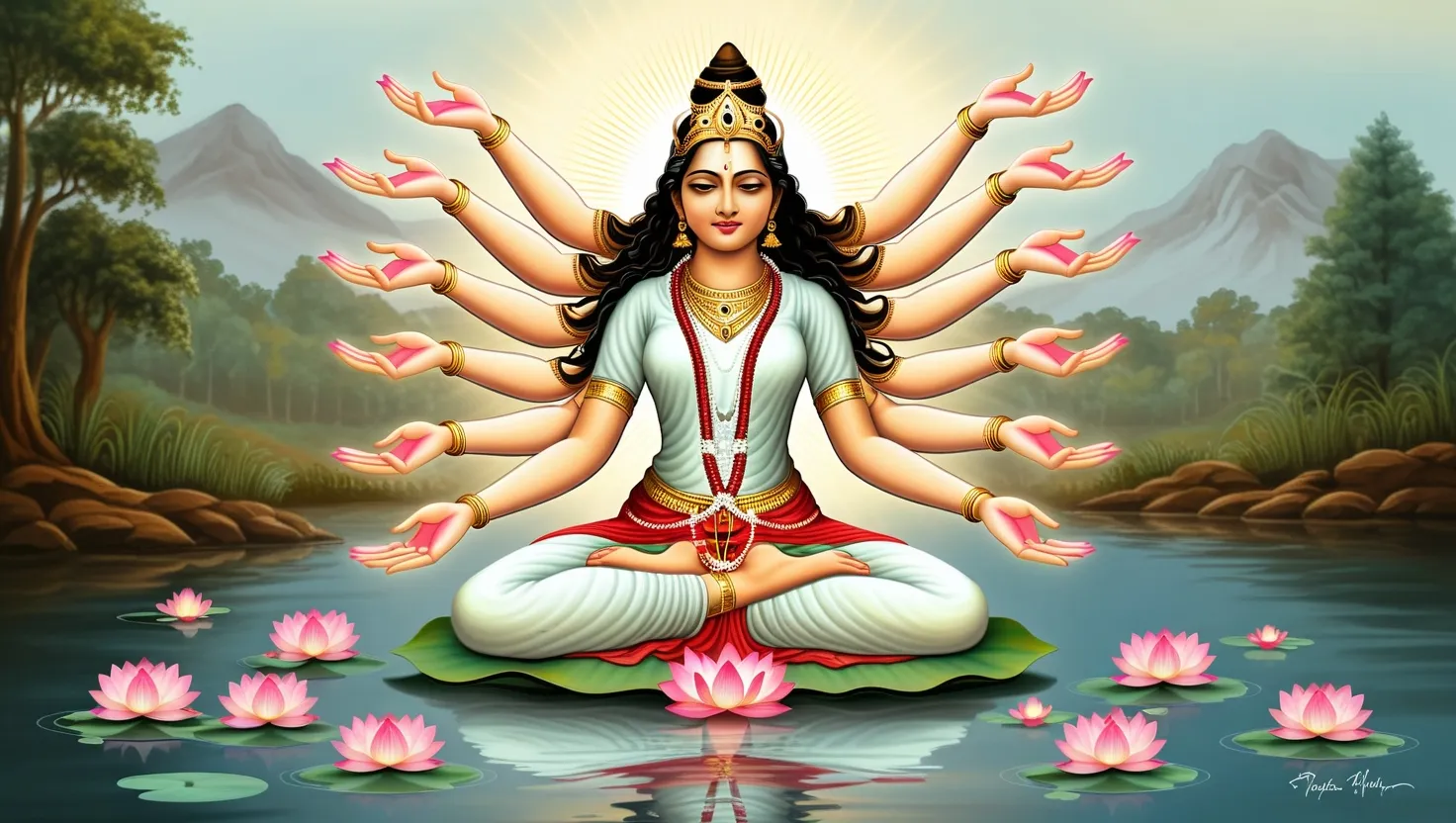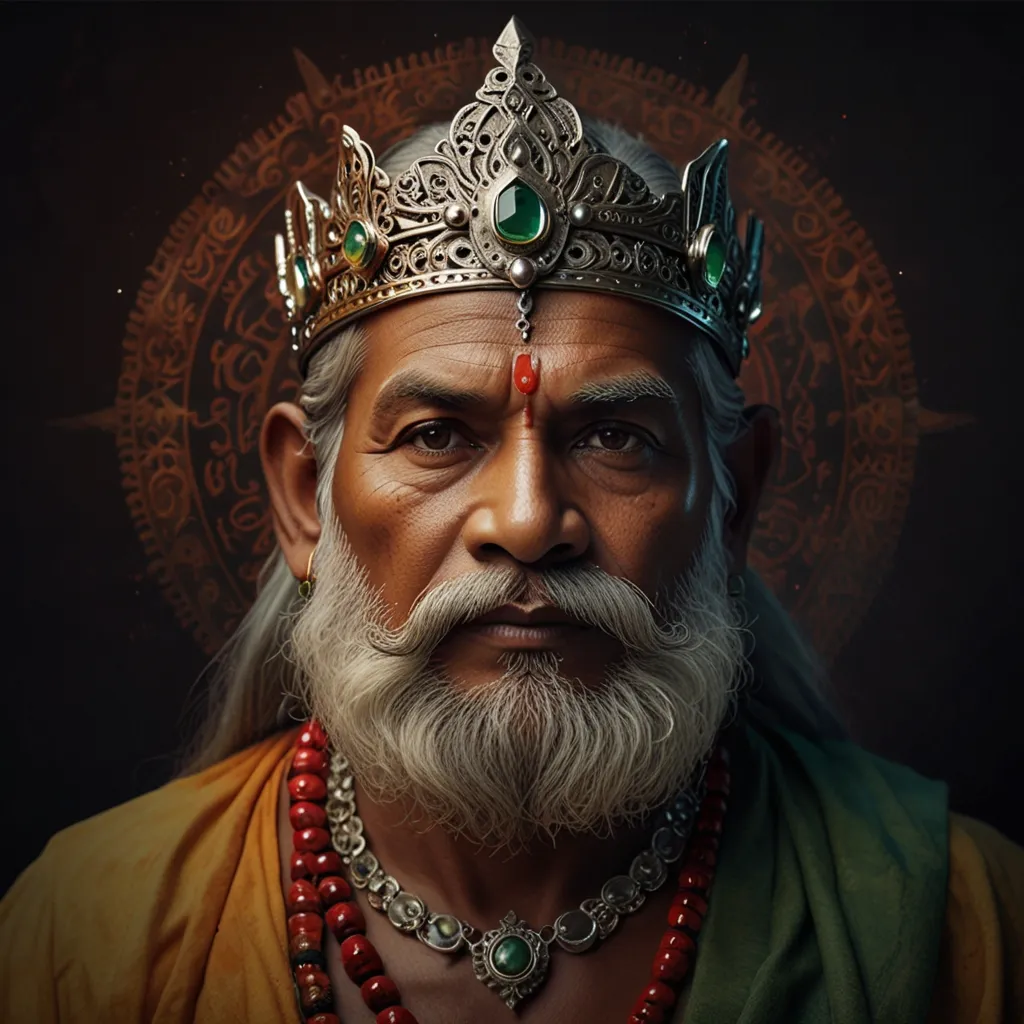Nestled at the core of Hinduism is a mantra packing quite a punch—the Panchakshara Mantra, which is simply put, a five-syllable chant dedicated to Lord Shiva, one of Hinduism’s most revered deities. It’s a straightforward yet profound string of sounds: “Om Namah Shivaya.” Every syllable carries a deep, meaningful load, connecting whoever chants it straight to the divine.
This magical mantra owes its existence to Adi Shankara, an ancient sage known far and wide for his wisdom and spiritual sharpness. He meant for this chant to capture Shiva’s very essence. The syllables—“Na,” “Ma,” “Shi,” “Va,” and “Ya”—aren’t just random noises. They represent the universe’s five elements: earth, water, fire, air, and space.
When “Om Namah Shivaya” is chanted, it’s like calling upon these powerful elements. “Na” for the earth, our foundation. “Ma,” representing water, which is vital for life and purity. “Shi,” standing for fire, an essential for transformation and energy. “Va,” which signifies air, the breath sustaining us. And “Ya,” symbolizing space, the vast and infinite divine.
This mantra isn’t just about mumbled words—chanting it charges up both body and soul. It helps balance the five elements inside us, leading us down a path of spiritual growth and enlightenment. Meditating while chanting this keeps the mind laser-focused and connects one with their deeper self.
But, the Panchakshara Mantra isn’t just spiritual mumbo jumbo. It’s also a fantastic tool for self-realization and finding that inner peace we all crave, especially in today’s chaotic and stress-filled life. It’s a gentle reminder of how everything is interconnected and that the divine is present in every part of nature.
During Hindu rituals and ceremonies, this chant pops up quite often. It’s believed to cleanse the mind and body, getting one ready for spiritual practices. The mantra is sometimes inscribed on Shiva Lingas, those sacred symbols of Lord Shiva, to give them an extra spiritual boost.
The magic of the Panchakshara Mantra isn’t just in its words or significance but in the impact it has on the one who chants it. It’s like a roadmap for self-discovery and spiritual awakening. Whether you’re a hardcore believer or just someone looking for a bit of inner peace, this mantra is a brilliant way to connect with the divine.
At its heart, the Panchakshara Mantra acts as a bridge between the material and the spiritual. It makes us appreciate the beauty and power of nature, nudging us to live harmoniously with these elements. Chanting “Om Namah Shivaya” isn’t just about uttering words; it’s about embracing the divine within us and around us.





